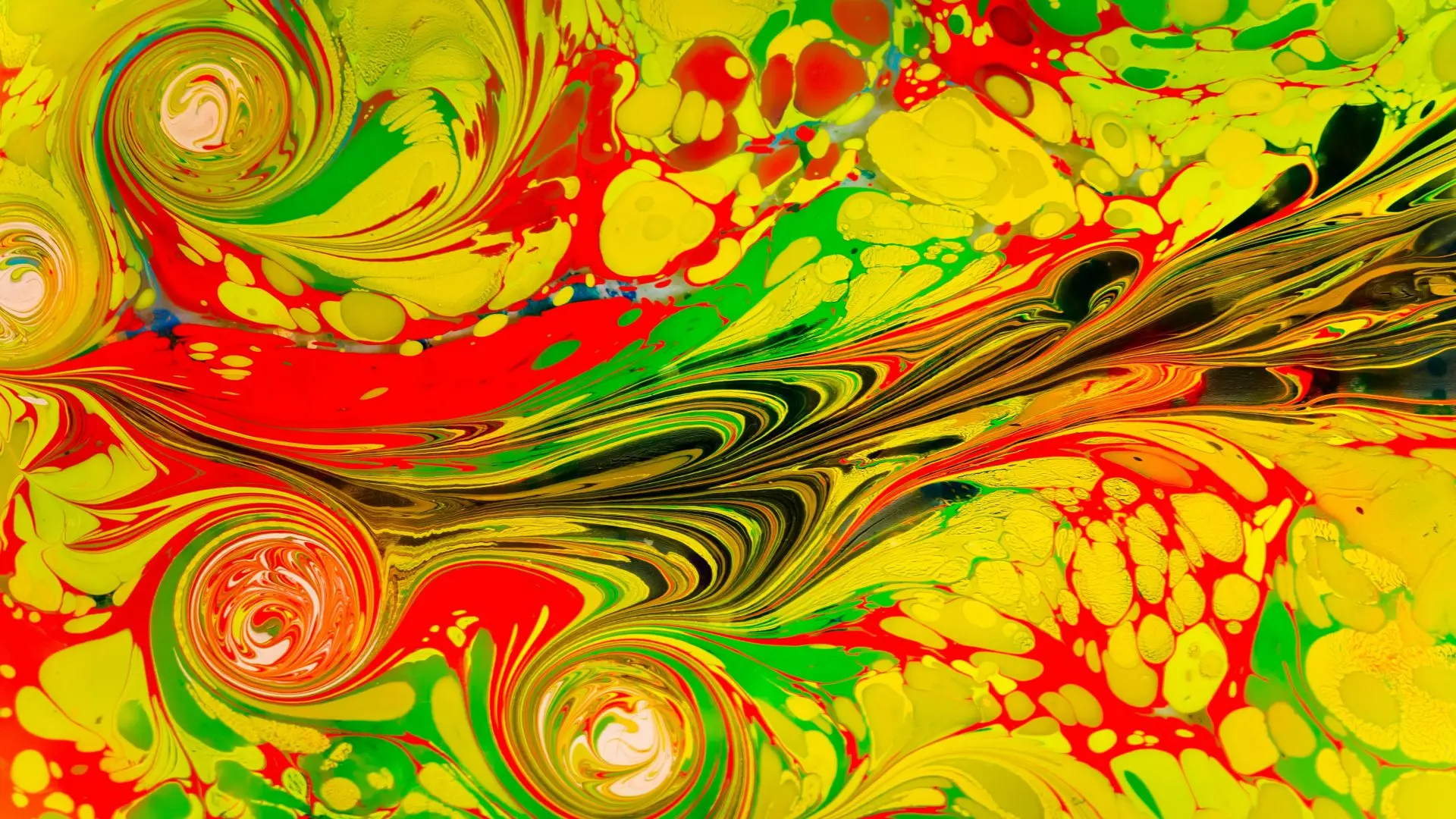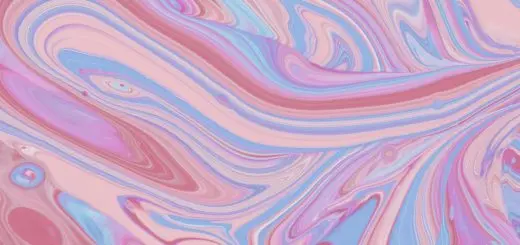History of Scrying: Traditions Across Cultures

Looking for more amazing products? Check out our online store and explore our collection here! Happy shopping!
Before diving in, please note: This post is for informational purposes only. If you’d like to know more about how we approach topics, feel free to check out our friendly Disclaimer Page.
Hey there, amazing readers! 
We’re committed to delivering quality posts, and your support (even just sticking around despite the ads) means everything to us. So, bear with us, and thanks for helping us keep the good vibes rolling. Now, on to the fun stuff!
TRANSLATE BUTTON AT THE END OF THE ARTICLE
Introduction to Scrying
Scrying, a method of divination that involves gazing into reflective surfaces to gain spiritual insights, has a rich and diverse history spanning various cultures across the globe.
The practice of scrying dates back to ancient times and has been used by civilizations such as the Egyptians, Greeks, Romans, and medieval Europeans.
It involves tapping into one’s intuition and psychic abilities to interpret symbols, visions, or messages that appear during the scrying process.
Traditionally, practitioners would use tools like mirrors, crystal balls, water, or flames to aid in their scrying endeavors.
The art of scrying continues to captivate people today, with modern interpretations and techniques evolving to suit contemporary needs.
Ancient Egyptian Scrying Practices
In ancient Egypt, scrying was a revered practice believed to connect individuals with the divine.
The Egyptians used various reflective surfaces like polished metal or bowls of water to scry.
Priests and priestesses would gaze into these surfaces to receive messages from the gods or to predict future events.
The Egyptians also believed that scrying could reveal hidden truths about the present and guide them in making important decisions.
Scrying was an integral part of their religious ceremonies and rituals, reflecting the importance they placed on spiritual enlightenment and communication with the divine.
Scrying in Greek and Roman Cultures
The Greeks and Romans also had their own traditions of scrying, often using reflective surfaces like pools of water or oil to divine the future.
They believed that scrying could unveil hidden knowledge and provide insights into matters of significance.
The Oracle of Delphi, a famous figure in ancient Greece, was known for her prophecies and insights gained through scrying.
In Roman culture, scrying was practiced by oracles and seers who would interpret visions and symbols to guide the ruling class in matters of state and warfare.
The art of scrying played a crucial role in shaping the beliefs and decisions of these ancient civilizations.
Scrying in Medieval Europe
During the medieval period in Europe, scrying continued to be a popular form of divination, although it was often associated with witchcraft and the occult.
Practitioners, known as scryers, would use tools like crystal balls, mirrors, or bowls of water to peer into the unknown and receive messages from the spirit world.
Scrying was often done in secret due to its perceived association with the supernatural, and those who practiced it risked being ostracized or persecuted by the church.
Despite the risks, scrying persisted as a powerful tool for seeking guidance and understanding in a tumultuous and uncertain world.
Scrying Traditions in Asia
In Asia, various cultures have their own unique traditions of scrying that have been passed down through generations.
For example, in China, scrying was practiced using a form of divination called "bazi," which involved analyzing a person’s birth date and time to predict their future.
In Japan, scrying was done using a technique known as "kumalak," where practitioners would interpret patterns formed by casting beans onto a surface.
These Asian traditions of scrying reflect the diverse approaches to divination and spiritual insight that have flourished in the region for centuries.
Indigenous Scrying Practices
Indigenous cultures around the world also have their own traditional forms of scrying that are deeply rooted in their spiritual beliefs and practices.
For example, Native American tribes often used scrying as a way to communicate with their ancestors or to gain insights into the natural world.
Aboriginal Australians practiced scrying using water or stones to connect with the spirit realm and receive guidance from the land.
These indigenous scrying practices highlight the intimate connection between spirituality, nature, and cultural identity in these diverse communities.
Modern Western Scrying Techniques
In the Western world, the art of scrying has seen a resurgence in popularity in recent years, with modern practitioners incorporating new techniques and tools into their practice.
Contemporary scryers may use not only traditional tools like crystal balls or mirrors but also modern technologies like scrying apps or virtual reality programs.
Understand the Powerful Law of Karma and Its Impact – Explore Here!
The fusion of ancient wisdom with cutting-edge innovation has created a vibrant and dynamic landscape for scrying in the modern era.
Practitioners today continue to explore the depths of their intuition and psychic abilities through scrying, seeking to uncover hidden truths and spiritual insights in an ever-changing world.
Famous Scryers Throughout History
Throughout history, there have been many famous individuals known for their skill in scrying and divination.
One of the most well-known figures is Nostradamus, a French astrologer and seer who made numerous predictions about future events using scrying techniques.
Joan of Arc, the revered French heroine, was also said to have received divine guidance through scrying visions.
Other notable scryers include Aleister Crowley, a prominent occultist, and John Dee, an advisor to Queen Elizabeth I known for his work in alchemy and divination.
These famous scryers have left a lasting impact on the history of divination and continue to inspire practitioners today.
The Influence of Scrying on Art
The practice of scrying has not only influenced the realms of divination and spirituality but has also made a significant impact on the world of art.
Many artists throughout history have drawn inspiration from scrying visions and symbols in their work, creating masterpieces that reflect the mystical and otherworldly nature of the practice.
From the surreal paintings of Salvador Dali to the intricate tapestries of William Blake, scrying has served as a wellspring of creativity for artists seeking to tap into the unknown and explore the depths of the human psyche.
The influence of scrying on art continues to be felt today, with contemporary artists drawing on its rich symbolism and imagery to create works that challenge and inspire viewers.
Scrying in Religious Practices
In addition to its presence in secular and mystical traditions, scrying has also played a role in various religious practices around the world.
Many cultures incorporate forms of scrying into their rituals and ceremonies as a way to connect with the divine and seek guidance from higher powers.
In some Native American tribes, scrying is used in vision quests to commune with the spirit world and receive messages from ancestors.
In Hinduism, scrying is practiced as a form of divination to predict future events and seek spiritual enlightenment.
The intersection of scrying with religious practices underscores its universal appeal as a means of tapping into the unseen and seeking answers beyond the material realm.
Contemporary Uses of Scrying
In the modern era, scrying has found new applications beyond traditional divinatory practices.
Psychologists and therapists use scrying techniques as a form of self-reflection and introspection to help individuals explore their subconscious thoughts and emotions.
Some businesses even incorporate scrying into their decision-making processes, using it as a creative tool to envision future possibilities and outcomes.
The versatility of scrying as a practice extends beyond spiritual realms, demonstrating its potential to inspire creativity, foster intuition, and promote personal growth in diverse fields.
As the world continues to evolve, scrying remains a valuable tool for navigating uncertainty and seeking deeper understanding of oneself and the world around us.
Conclusion: The Evolution of Scrying Practices
In conclusion, the history of scrying is a tapestry woven with diverse traditions, beliefs, and practices from cultures around the world.
From ancient Egyptian priests to modern-day psychics, scrying has persisted as a powerful method of divination and spiritual insight.
The evolution of scrying practices reflects the ever-changing nature of human consciousness and our enduring quest for knowledge and understanding.
As we continue to explore the mysteries of the unseen and seek guidance from higher realms, the art of scrying remains a timeless and valuable tool for unlocking hidden truths and connecting with the divine.
Whether used for personal introspection, creative inspiration, or spiritual enlightenment, scrying continues to captivate and inspire practitioners seeking to unravel the mysteries of the universe.

The Enlightenment Journey is a remarkable collection of writings authored by a distinguished group of experts in the fields of spirituality, new age, and esoteric knowledge.
This anthology features a diverse assembly of well-experienced authors who bring their profound insights and credible perspectives to the forefront.
Each contributor possesses a wealth of knowledge and wisdom, making them authorities in their respective domains.
Together, they offer readers a transformative journey into the realms of spiritual growth, self-discovery, and esoteric enlightenment.
The Enlightenment Journey is a testament to the collective expertise of these luminaries, providing readers with a rich tapestry of ideas and information to illuminate their spiritual path.
Our Diverse Expertise
While our primary focus is on spirituality and esotericism, we are equally passionate about exploring a wide range of other topics and niches 

To ensure we provide the most accurate and valuable insights, we collaborate with trusted experts in their respective domains 
Our blog originally focused on spirituality and metaphysics, but we’ve since expanded to cover a wide range of niches. Don’t worry—we continue to publish a lot of articles on spirituality! Frequently visit our blog to explore our diverse content and stay tuned for more insightful reads.
Hey there, amazing reader! 
Release the Weight of Karma and Embrace Freedom – begin here.
Check out our store here and take a peek at some of our featured products below! Thanks for being awesome!













